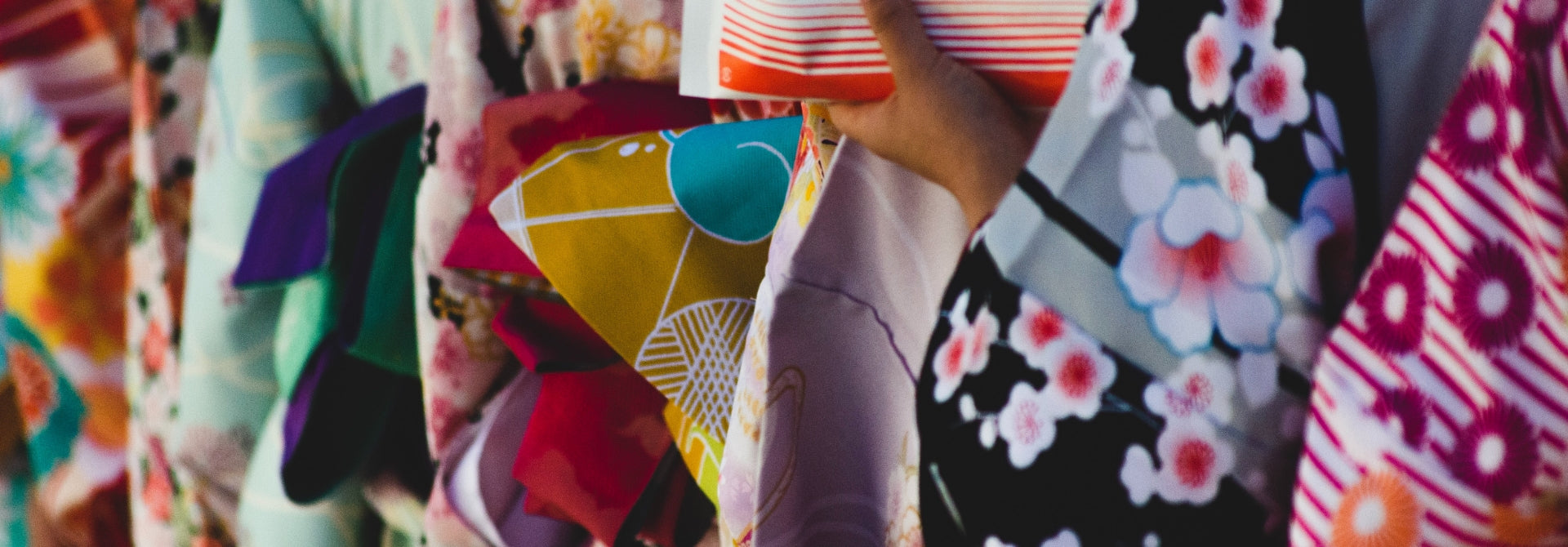How to use Shugi Bukuro
In Japan it is very common to give money as a gift. On special occasions, and particularly at weddings, this may be presented in shugi bukuro (Japanese money envelopes). As with many traditional Japanese customs, underlying this simple premise is a profusion of unspoken etiquette, which can prove something of a challenge for outsiders. If you're determined to get it right, this page will help you learn how to use shugi bukuro correctly.
What are shugi bukuro?
Shugi bukuro feature a small inner pocket into which the money is placed before being inserted into a beautifully decorated outer pocket. The sender's name and address are typically written on the inner envelope along with the amount of money that is enclosed.
The decorative outer envelopes typically feature mizuhiki, an ornate bow crafted from a special kind of waxed cord. These can be very elaborate and are often made using particular knots and colours to honour different occasions.
Shugi bukuro are typically given at weddings, but noshi bukuro (the name for standard money envelopes) may be given on various occasions, some of the most common being New Year, baby showers and birthdays. Each one has its own particular style of envelope, such as otoshidama bukuro for giving money to children on New Year, each with its own specific set of characteristics.
Using shugi bukuro correctly
If you're striving for complete authenticity, there are a number of rules that you'll need to follow regarding the presentation of your shugi bukuro. For example, the envelope must be folded in a particular way with the bow facing upwards, as otherwise it represents the condolence gift given at a funeral.
A detailed (and very interesting) guide to the ins and outs of shugi bukuro presentation and etiquette can be found here.
How much money to give
How much money you should give depends on a number of factors, including the nature of the occasion, your relationship with the recipient, their social standing and the style of the celebrations.
For weddings, you might give family 50,000-10,000 yen, relatives 30,000-50,000 yen and friends and co-workers 10,000-30,000 yen. If you were giving money as a couple, you might give 50,000 yen together or 30,000 each. However, these are very general guidelines and you may want to give more or less depending on the factors outlined above.
The number of notes should be odd to symbolise the couple becoming one, and the notes themselves should be clean and crease-free to signify a fresh start. 40,000 and 90,000 yen are big no-nos as the word for four, shi, can be pronounced in the same way as the Japanese word for death, while ku ('nine') means suffering.
The bottom line
All this talk of rules and etiquette may seem a bit overwhelming, but don't stress too much about getting it right first time. The recipient(s) will be well aware of the complexity of these customs, and more than anything they'll be grateful that you made an effort to embrace them in the first place.
The Japanese Shop supplies noshi and shugi bukuro suitable for a number of different occasions, including weddings, New Year, birthdays and more. Browse the range here and order online today.

